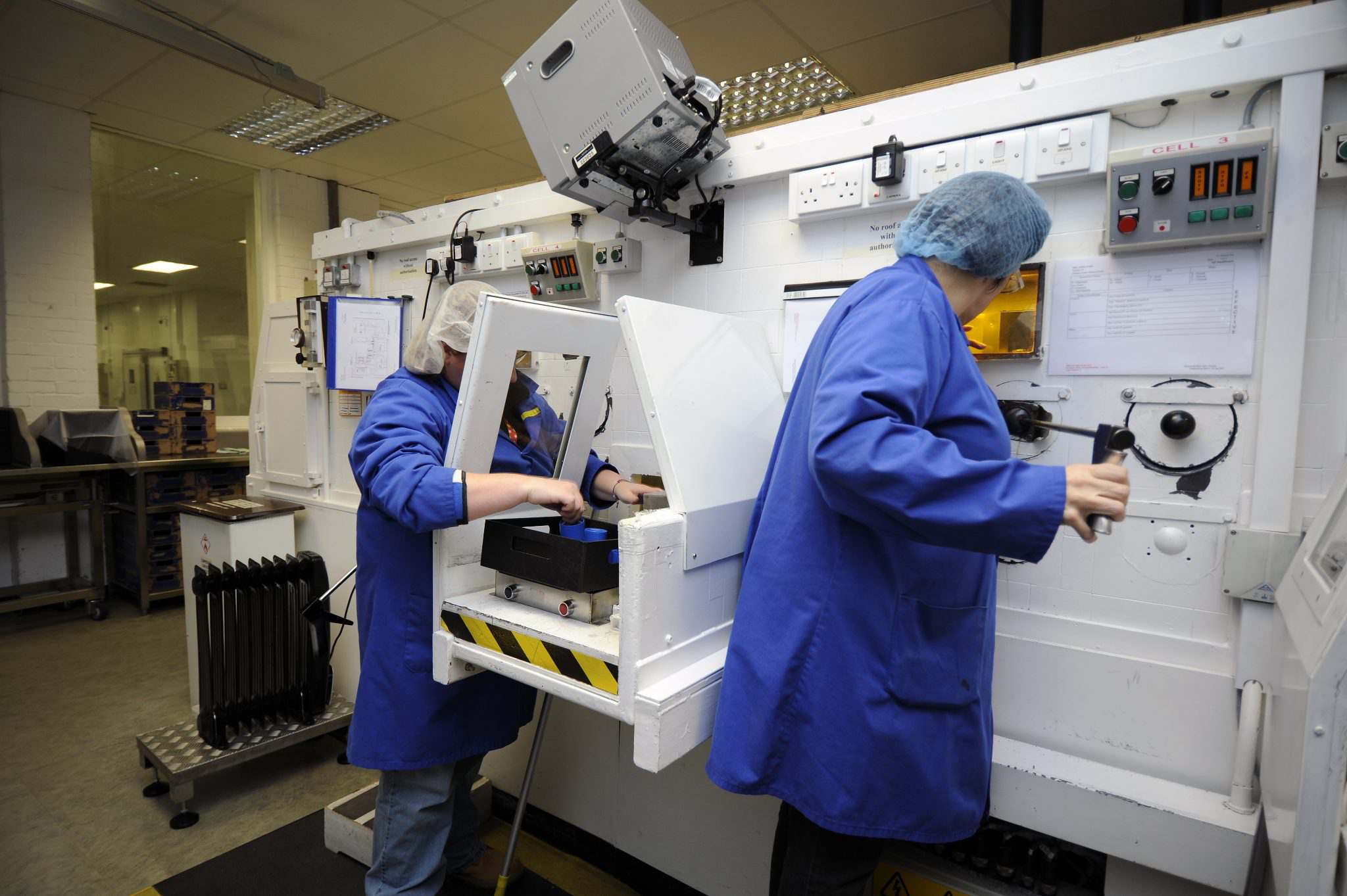
@ShahidNShah


Fiber laser technology has revolutionized numerous industries with its precision and efficiency, and medical manufacturing is no exception. This advanced technology plays a pivotal role in the production of medical devices, offering unmatched accuracy, speed, and flexibility. This introduction delves into how fiber laser technology has become integral to modern medical manufacturing, setting new standards for quality and innovation.
Fiber laser technology utilizes a fiber-optic cable infused with rare-earth elements such as erbium, ytterbium, or neodymium as its active gain medium. Unlike traditional lasers, fiber lasers are more compact, efficient, and capable of delivering high-power outputs with superior beam quality. These characteristics make high-precision fiber lasers ideal for cutting, welding, marking, and engraving applications, which are crucial in the medical manufacturing sector.
Fiber lasers are renowned for their exceptional precision and accuracy, essential for manufacturing complex medical components. From intricate surgical instruments to delicate implants, fiber lasers can handle minute details and tight tolerances that are beyond the capabilities of conventional machining technologies.
The speed at which fiber lasers operate significantly surpasses traditional manufacturing methods. This rapid production capability enables medical manufacturers to increase throughput and reduce time-to-market for critical medical devices, making treatments more readily available to patients.
Fiber lasers are versatile tools capable of processing a wide range of materials, including metals, plastics, and composites, which are commonly used in medical manufacturing. This versatility allows for broader applications in creating various medical devices.
Fiber laser technology is not only advanced but also cost-effective. It reduces the need for multiple machining processes and minimizes material waste. The key cost-saving factors attributed to fiber lasers include:
Fiber lasers contribute to the fabrication of a plethora of medical devices, such as:
These devices benefit from the high precision and reliability of fiber laser manufacturing processes.

The high precision of fiber lasers ensures that medical devices are produced with exact specifications, which is crucial for patient safety and treatment effectiveness.
Fiber lasers accelerate production timelines, facilitating faster response to market demands and patient needs.
Fiber lasers significantly reduce material wastage through their precise cutting and machining capabilities, which is both cost-effective and environmentally beneficial.
The flexibility of fiber laser technology allows for customized medical products, tailored to individual patient needs. Additional advantages include:
Choosing the correct material for fiber laser manufacturing is crucial for ensuring quality and compliance with medical standards.
Design plays a critical role in leveraging the capabilities of fiber lasers. Manufacturers must consider factors like material thickness and cutting patterns to optimize the process.
Navigating the regulatory landscape is essential for medical manufacturers using fiber lasers, ensuring that all products meet stringent industry standards.

Implementing fiber laser technology involves several key steps:
Technical issues such as equipment calibration, material compatibility, and beam alignment can arise, requiring ongoing technical support and expertise.
Operational efficiency is crucial for maintaining productivity. Regular maintenance, proper training, and workflow optimization are necessary to address operational challenges.
Managing costs is paramount in medical manufacturing. Strategic planning and efficient resource allocation help mitigate financial pressures.
The future of fiber lasers in medical manufacturing looks promising, with ongoing advancements in laser power, precision, and adaptability. Expected trends include:
While traditional methods like waterjet cutting and electrical discharge machining (EDM) have their benefits, fiber lasers often surpass these technologies in speed, precision, and cost-effectiveness.
Emerging technologies are continually assessed against fiber lasers to determine their suitability and effectiveness in medical manufacturing.
Fiber laser technology stands at the forefront of innovation in medical manufacturing. Its ability to produce high-quality, precise medical devices quickly and cost-effectively makes it indispensable in the medical field. As technology advances, fiber lasers are set to play an even more critical role in shaping the future of medical device manufacturing.

Chief Editor - Medigy & HealthcareGuys.
Do you feel the weight of the world on your shoulders every day, only to look around and find everyone is doing just fine? You might think, “I should be able to handle this on my own,” or …
Posted Sep 19, 2024 Mental Health Wellness & Prevention
Connecting innovation decision makers to authoritative information, institutions, people and insights.
Medigy accurately delivers healthcare and technology information, news and insight from around the world.
Medigy surfaces the world's best crowdsourced health tech offerings with social interactions and peer reviews.
© 2025 Netspective Foundation, Inc. All Rights Reserved.
Built on Dec 17, 2025 at 12:37pm